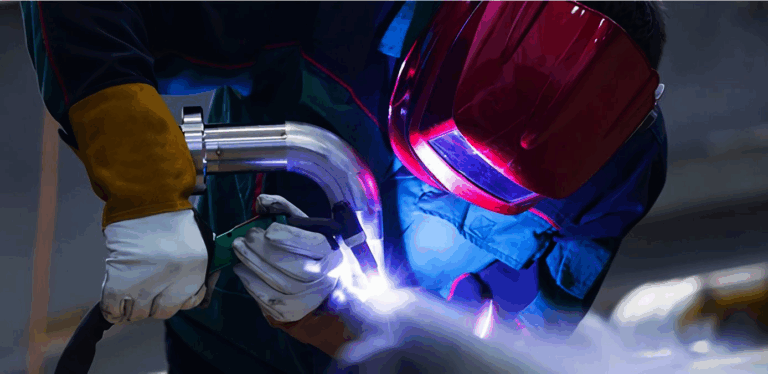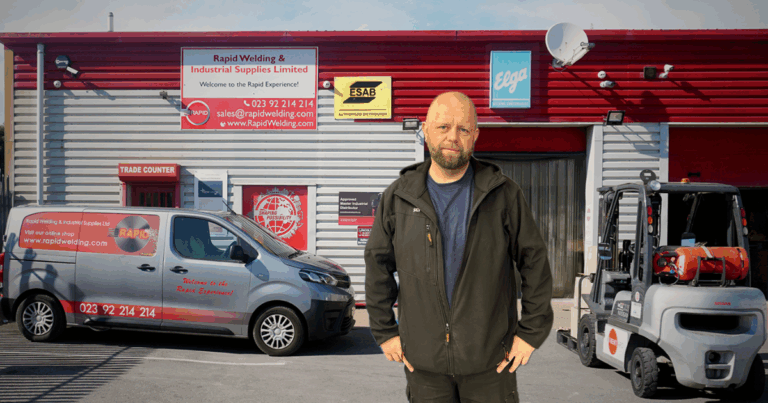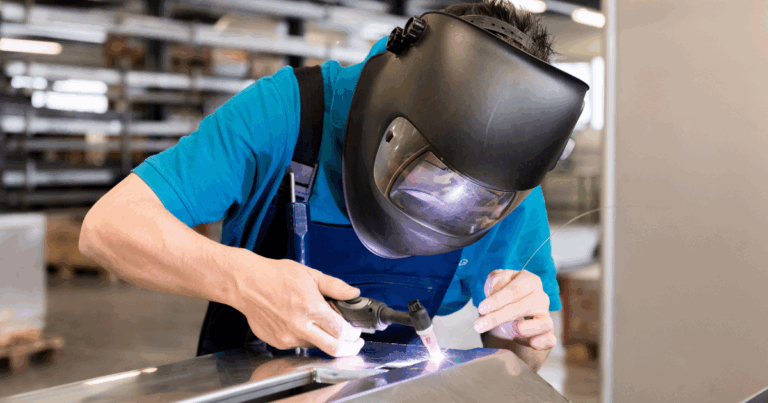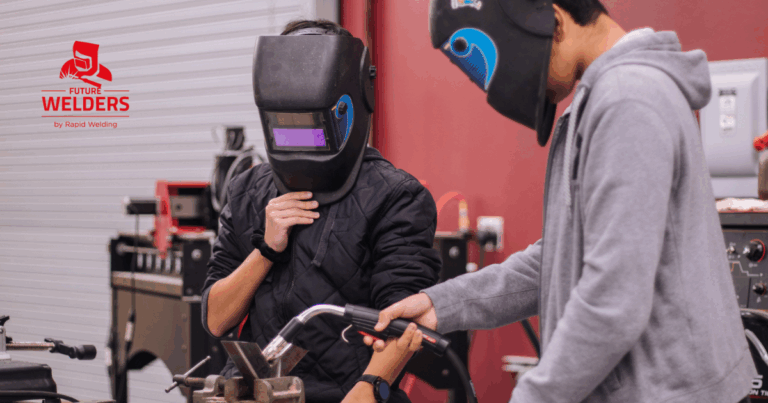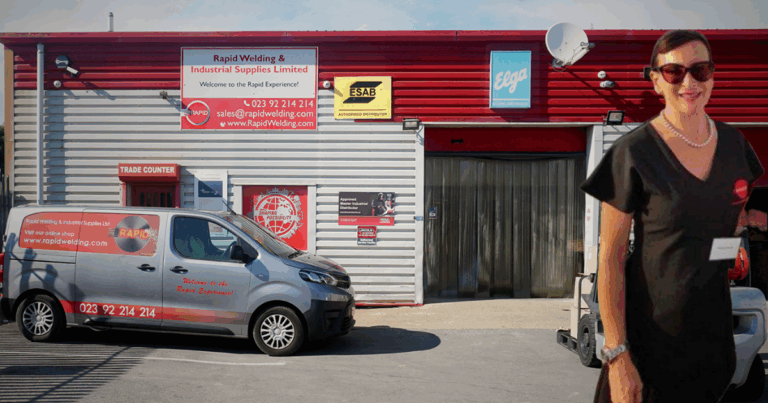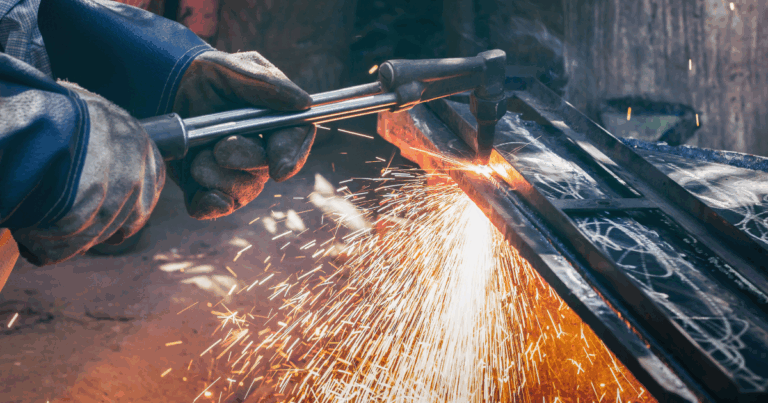The Importance of Dry Air when Plasma Cutting
When operating a Plasma Cutter you need to have dry air. Dry air is important because if moisture is present in the line it will travel with the air and exit the end of the torch. Although not necessarily dangerous, water will change the gas mixture inside the torch and reduce the life of your consumables. Simply put, the arc will follow the moisture in all directions, damaging the electrode and nozzle and affecting the quality of the cut.
Says Rapid’s online expert: “I recently used a compressor with an air dryer and filter and was shocked that the consumables were hardly worn after 4 hours cutting. I would have normally expected to have changed consumables after 2 hours.”
So, how does an air compressor actually work?

Firstly, the air we breathe is already compressed to around 14.7 PSI from pressure generated at sea level by the weight of the air above. PSI is a measure of force, meaning Pounds per Square Inch. An Air Compressor takes in this air through an intake port, via a mechanised system, pushing it into a smaller area – usually the air tank on the compressor. As more air is pushed inside, the pressure, too, begins to increase.
The air is heated during this process, but once inside the tank it begins to cool and the moisture that is present in the air separates and pools at the bottom of the tank. The system is ongoing: as air exits the tank, so more air is pushed in, and more water collects.
Plasma cutting requires a lot of air – unless the cuts made are very short – and so the tank capacity needs to be such that it can supply the appropriate CFM (Cubic Feet Per Minute). Small compressors won’t have the tank capacity or longer duty cycle of the larger models, and running them continuously will greatly reduce their operating life.
There are a number of Dryer /Filters on the market designed to keep the air moisture free and clean. Climate and humidity also play a vital part.
- In very dry conditions there will be little or no moisture to separate from the air so a weekly manual draining will often suffice.
- In low to medium humidity conditions, or where there is a low level of use, a coalescing or absorbing filter might be installed, such as the Eliminizer, which allows the compressed air to cool slightly as it passes down the line, separating or absorbing the water from the air. Reports on Filter Systems that use a paper filtration medium haven’t been so good; the paper can break down, clogging the machine internally and contaminating the stream. In these humidity conditions it is recommended to manually drain the tank once a day.
- In high humidity conditions you may want to consider installing an automatic drainer on your compressor or consider – especially during levels of high production – a refrigerated air-dryer.
The bottom line is it all comes down to the amount of work you’re doing and the conditions you’re working in. There are many products out there to supplement your requirements, but as machinery doesn’t come cheap it pays to do the research and protect your investment. It is also worth checking the operators manual on your current compressor to check what filters are already installed.
At Rapid, there is a large selection of dryers and filters to view online, and if you are in any doubt as to which is the right product for you, then feel free to contact the team or ask Andy.


